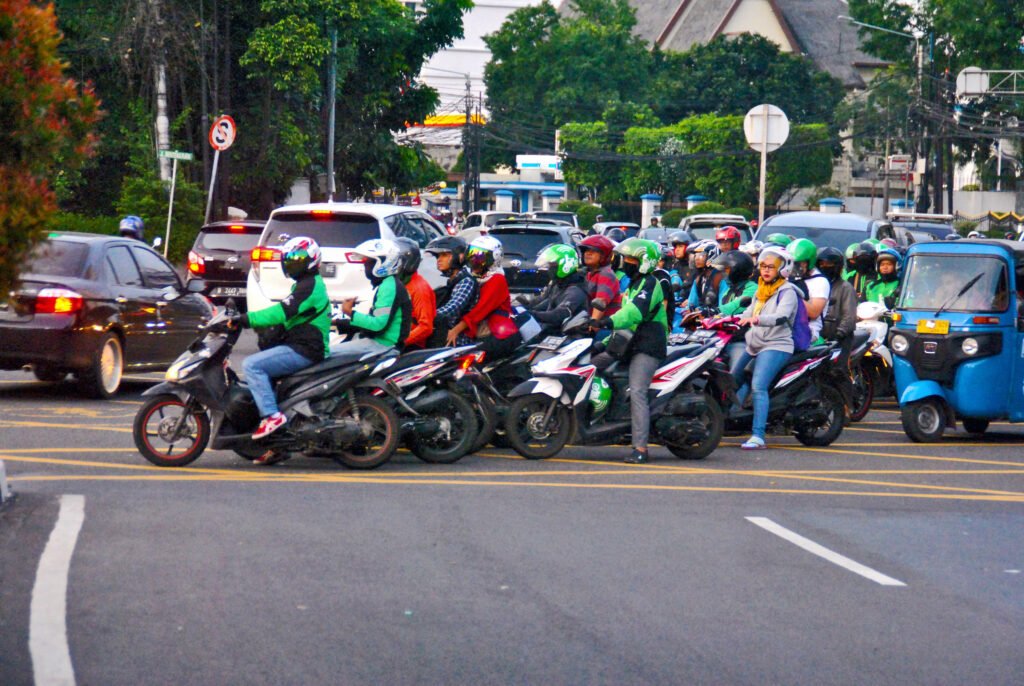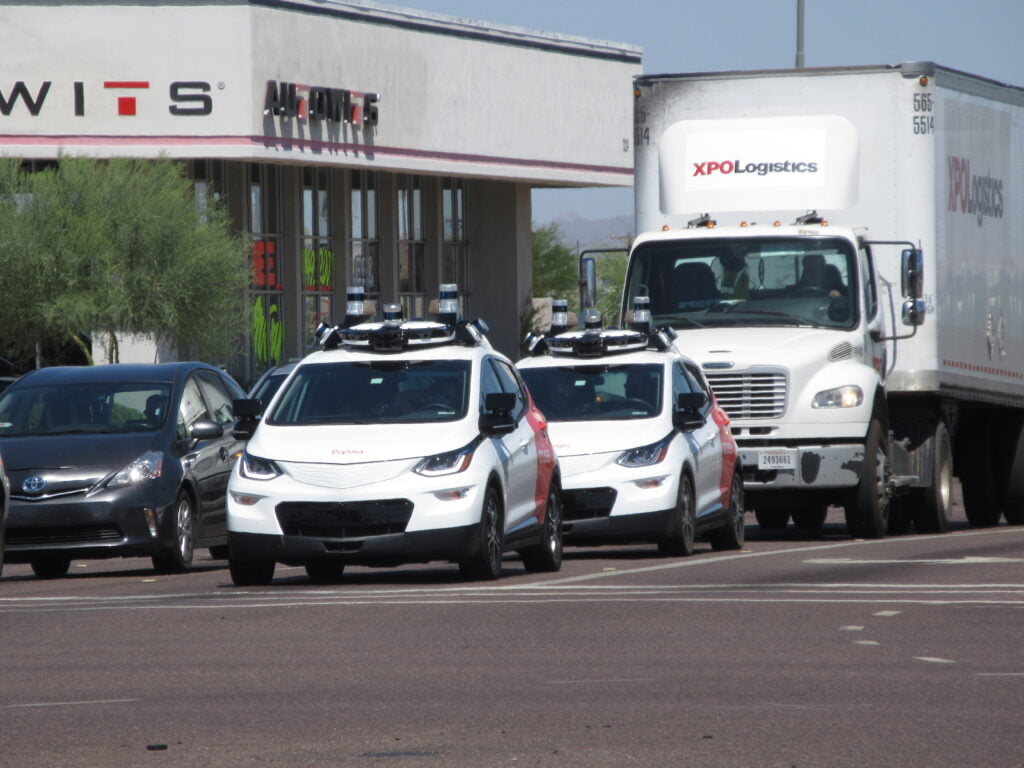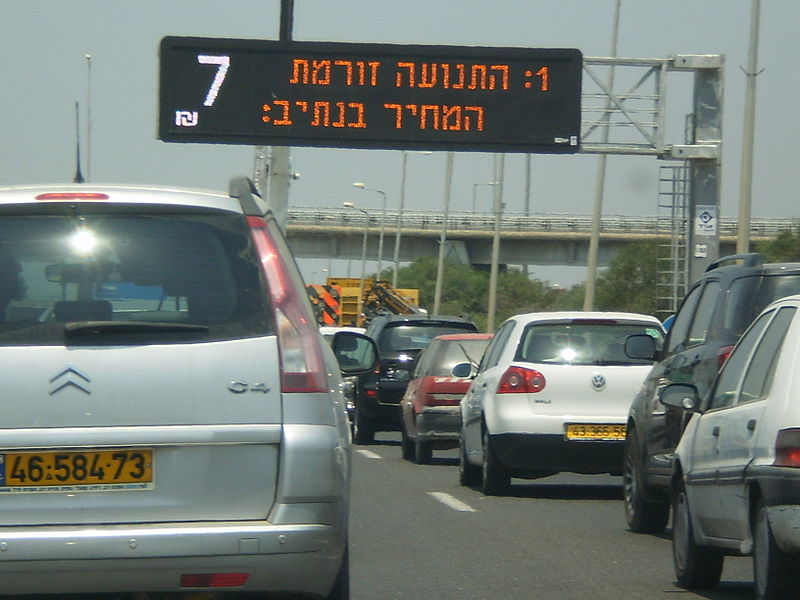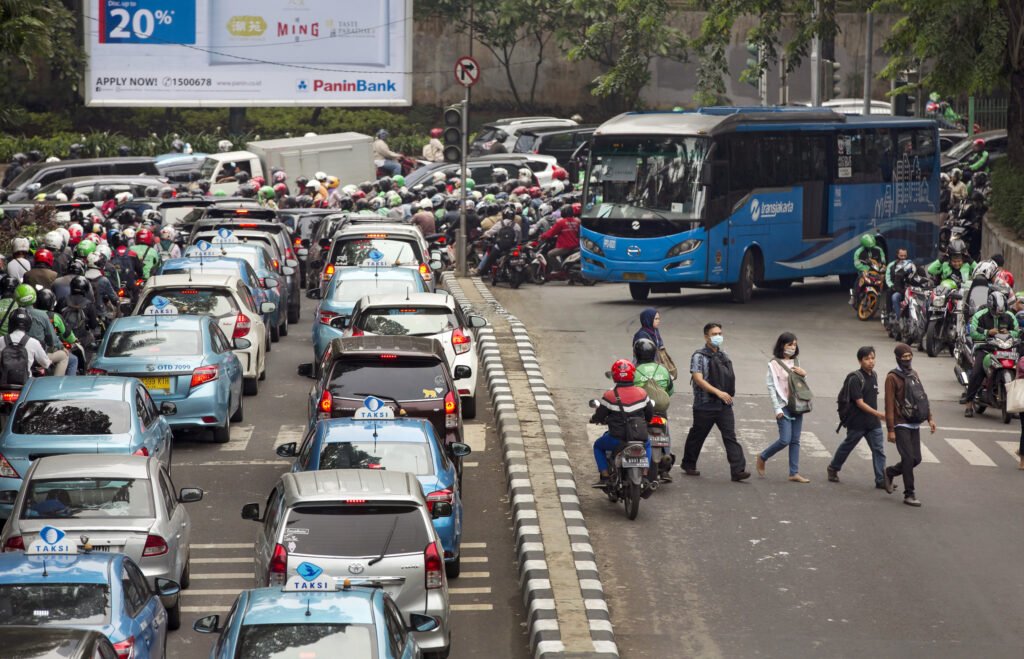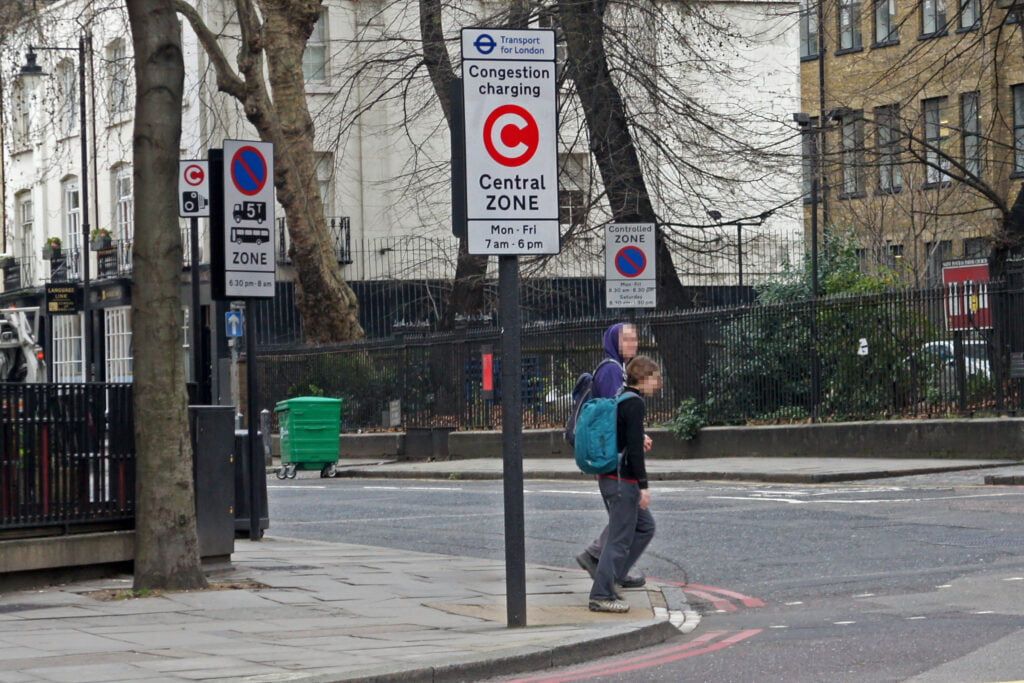A night-time ban in Atlanta showed just how much e-scooters prevent traffic jams
Shared e-scooters look set to stay in urban centres, with research showing they help alleviate traffic congestion.
 Researchers found e-scooters improved traffic congestion in Atlanta, USA. : Elvert Barnes, Flickr CC BY_SA 2.0
Researchers found e-scooters improved traffic congestion in Atlanta, USA. : Elvert Barnes, Flickr CC BY_SA 2.0
Shared e-scooters look set to stay in urban centres, with research showing they help alleviate traffic congestion.
They are the latest urban sensation. Shared e-scooters and e-bikes have sprung up in cities around the world. While some have embraced them as a transport option, others have railed against them on safety grounds.
But a study from Atlanta, USA published in Nature Energy suggests e-scooters and e-bikes may help reduce traffic congestion, especially after major events.
Shared micromobility rides such as e-scooters and e-bikes are expected to become a US$300 billion market globally by 2030. The availability of these zippy little transports is expected to displace some trips made in traditional cars or motorbikes and contribute to the electrification of the global transport fleet. Particularly for ‘last mile’ trips, micromobility rides may fundamentally change urban transport.
When the US city of Atlanta decided to ban e-scooters and e-bikes between 9pm and 4am, it delivered a perfect natural experiment to understand the effects of micromobility on traffic congestion. The ban was enforced with mobile geofencing and remote shutdown, resulting in near perfect compliance. Using data from Uber Movement, researchers could compare travel time before and after 9pm and before and after the ban.
During the ban, travel-time in the city centre increased by 0.241 minutes per mile. This translates to an estimated increase in evening commute times of 2.3 to 4.2 minutes per trip or between 373,000 and 679,000 additional hours combined for Atlanta commuters per year.
For transport to and from metro train stations, the ban increased travel by 0.255 minutes per mile, a 10.5 percent average increase in travel time.
The researchers showed that because traffic got worse following the policy intervention when micromobility options were suddenly not available, users were largely substituting their scooters for private vehicles.
Where the researchers found the greatest effect was at one of Atlanta’s big soccer stadiums. The timing of the ban coincided with the Major League Soccer season. Travel time increased 0.886 minutes per mile on match days. A suburban resident who lives 20 kilometres away from the city, had an increase in travel time of 11.9 minutes returning home from the soccer game, a substantial 36.5 percent increase in travel time.
The ban snarled traffic most severely in the first days after it was implemented. Within the first five days of the ban, congestion reached a crawl of 0.80 minutes per mile. However, after about a week, commuters seemed to adapt in their travel planning and the congestion effect stabilised to an average of 0.25 minutes per mile after five weeks.
Although a two to five-minute delay in travel time does not seem huge, if extrapolated out to the whole of the USA, an e-scooter ban could mean lost productivity amounting to US$536 million in congestion-related costs. It’s a figure that may feed into debates about the economic cost of scooter-related injuries and the effects of micromobility regulation.
The Atlanta case study shows that cities’ decisions on shared micromobility, such as e-scooters and e-bikes, have unintended consequences. The Atlanta ban led to a rise in traffic congestion as many riders switched back to cars. Meanwhile micromobility has the potential to displace cars and reduce emissions, making investments in the necessary physical and digital infrastructure justifiable.
Cities like Milan, Brussels, Seattle, and Montreal, as well as smaller cities, are already seeing the benefits of such micromobility investment. It’s likely e-scooters are here to stay in many urban centres, with their ease of use and overall reduction in congestion and emissions arguing in their favour.
Omar Isaac Asensio is a professor in the School of Public Policy at the Georgia Institute of Technology. His research focuses on electrification and micromobility strategies. He directs the Data Science & Policy Lab, where he collaborates with the private sector and city governments on data innovation in policy analysis and research evaluation. He is a recipient of the US National Science Foundation CAREER award and is a member of the National Academies of Sciences, Engineering, and Medicine New Voices 2021 cohort. Funding for this research was supported by grants from the U.S. National Science Foundation Award 1945332 and Award 2125390
Originally published under Creative Commons by 360info™.


